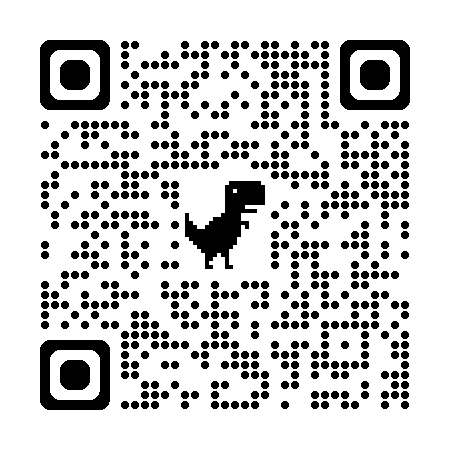The Comprehensive Guide to Self-Adhesive PVC Materials: Properties, Applications, and Innovations
Self-adhesive PVC (polyvinyl chloride) materials have become an essential component in modern manufacturing, construction, and design industries due to their versatility, durability, and ease of use.
What is Self-Adhesive PVC?
Self-adhesive PVC refers to a type of PVC sheet, film, or tape that comes pre-coated with an adhesive layer, eliminating the need for additional bonding agents. The adhesive can be permanent, removable, or repositionable, depending on the intended use. These materials are widely appreciated for their convenience and adaptability across various surfaces, including metal, wood, glass, plastic, and painted walls.
PVC itself is a thermoplastic polymer known for its chemical resistance, durability, and flexibility. By combining PVC with an adhesive backing, manufacturers create a material that is both functional and easy to apply in industrial, commercial, and residential contexts.
Key Properties of Self-Adhesive PVC
- Durability: PVC is resistant to abrasion, moisture, and corrosion, making it suitable for long-term applications in indoor and outdoor environments.
- Flexibility: Despite its robustness, PVC can be made highly flexible, allowing it to conform to irregular surfaces and complex shapes.
- Chemical Resistance: Self-adhesive PVC can withstand exposure to acids, alkalis, oils, and many solvents.
- Weather Resistance: High-quality PVC materials are UV-resistant, preventing fading or cracking in outdoor applications.
- Ease of Use: The self-adhesive backing allows for quick installation without the need for specialized tools or additional adhesives.
- Aesthetic Versatility: PVC films can be produced in a wide range of colors, textures, and finishes, including matte, gloss, metallic, and patterned surfaces.
Production Process
The production of self-adhesive PVC involves several key steps:
- PVC Film Manufacturing: Raw PVC is compounded with plasticizers, stabilizers, and colorants to achieve the desired flexibility, color, and durability.
- Coating with Adhesive: A layer of adhesive—typically acrylic, rubber-based, or silicone—is applied to the back of the PVC film. The adhesive is carefully formulated to match the intended surface and permanence requirements.
- Liner Application: A protective liner, often made from silicone-coated paper or film, is applied to prevent the adhesive from sticking prematurely.
- Cutting and Packaging: The final self-adhesive PVC material is rolled or cut into sheets, films, or custom shapes according to customer specifications.
Applications of Self-Adhesive PVC
Self-adhesive PVC materials are incredibly versatile and are used across multiple industries:
- Signage and Graphics: Ideal for advertising, banners, wall graphics, and vehicle wraps due to their printability and weather resistance.
- Interior Design: Commonly used for wall coverings, decorative films, furniture laminates, and countertop protection.
- Industrial Uses: Provides protective coatings for machinery, equipment, and surfaces exposed to chemical or mechanical stress.
- Construction: Used as a moisture barrier, insulation wrap, or protective surface covering in building projects.
- Consumer Goods: Found in labels, stickers, book covers, and custom packaging due to its ease of printing and cutting.
Advantages of Self-Adhesive PVC
- Time-Saving: Eliminates the need for separate adhesives or bonding agents.
- Cost-Effective: Reduces labor costs and installation complexity.
- Customizable: Available in various colors, thicknesses, and finishes to suit diverse requirements.
- Durable: Resistant to tearing, moisture, and UV degradation.
- Non-Invasive Installation: Can be applied to surfaces without drilling or permanent alterations.
Limitations
While self-adhesive PVC is versatile, it does have some limitations:
- Surface Sensitivity: Adhesion can be reduced on dusty, oily, or uneven surfaces.
- Temperature Sensitivity: Extreme heat or cold may affect the adhesive’s performance.
- Environmental Concerns: PVC production and disposal can have environmental impacts if not managed responsibly.
- Limited Heat Resistance: Not suitable for high-temperature applications unless specially formulated.
Innovations and Future Trends
The self-adhesive PVC industry continues to evolve:
- Eco-Friendly PVC: Manufacturers are exploring bio-based plasticizers and recyclable PVC films to reduce environmental impact.
- Enhanced Adhesives: Development of adhesives with stronger bond, repositionability, or removable features.
- Smart PVC Films: Integration of sensors or conductive materials for smart packaging and industrial applications.
- Custom Printing Technologies: Improved ink adhesion allows high-resolution graphics and textures directly on PVC films.
Self-adhesive PVC materials have proven to be indispensable in a wide array of applications, combining durability, versatility, and ease of use. From commercial signage to interior décor, industrial protection, and beyond, these materials offer practical and creative solutions. With ongoing innovations in eco-friendly production, smart applications, and advanced adhesives, self-adhesive PVC is poised to remain a cornerstone material in both everyday and specialized industries.








































